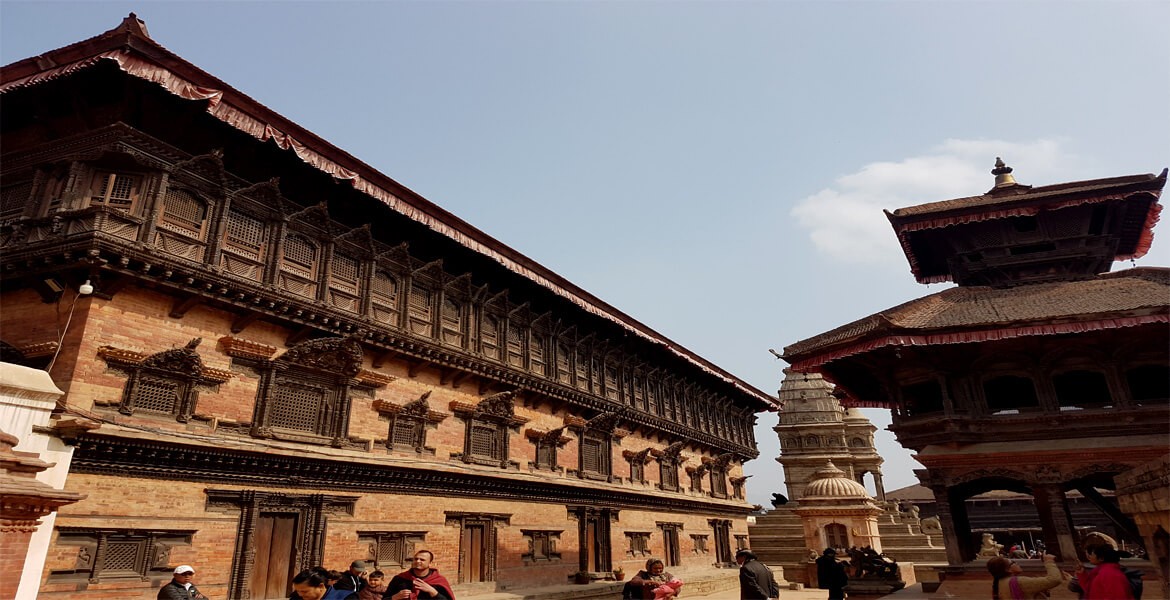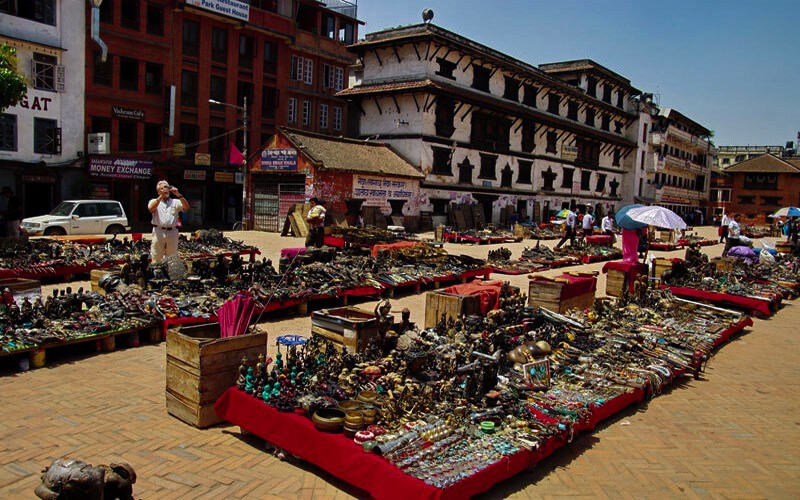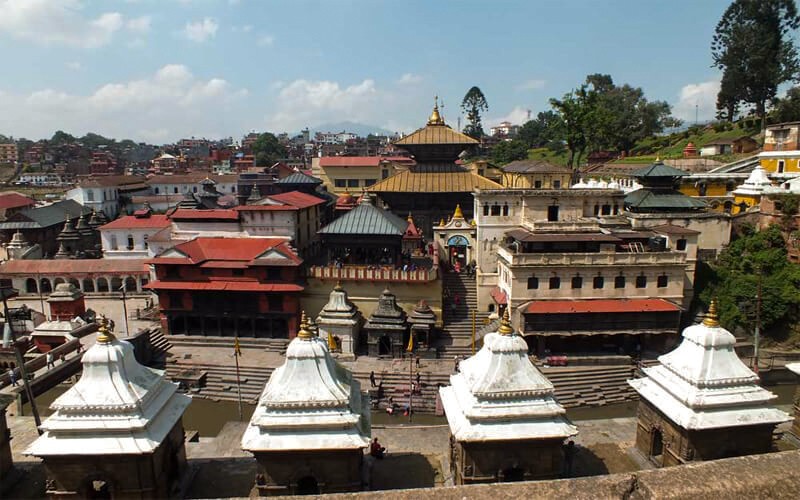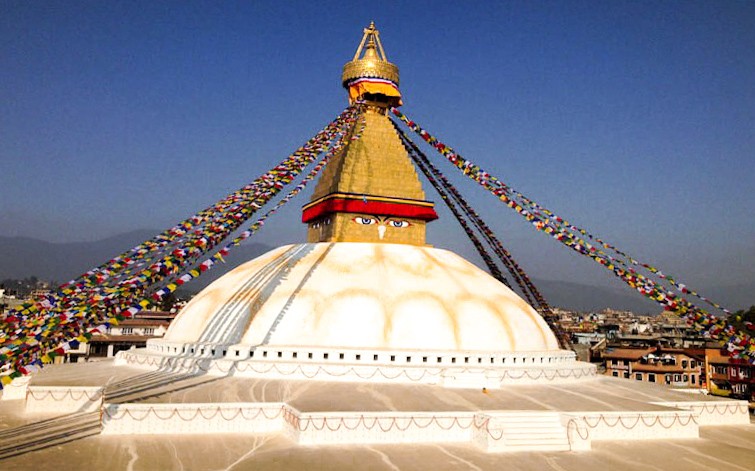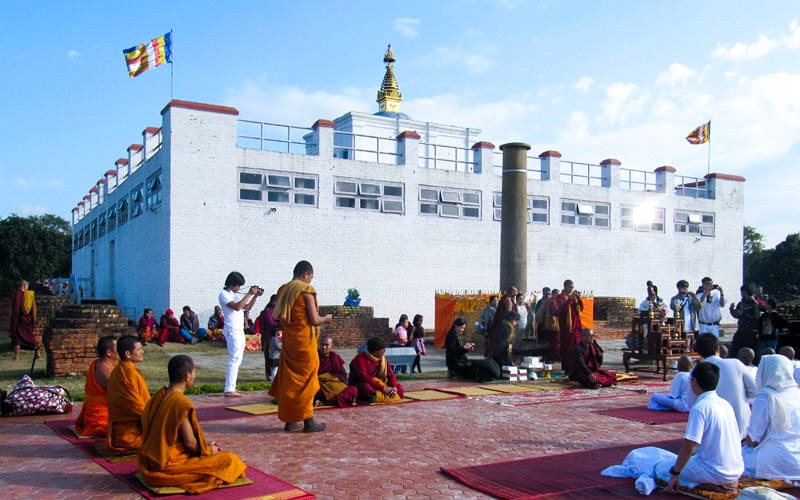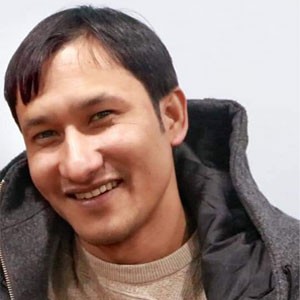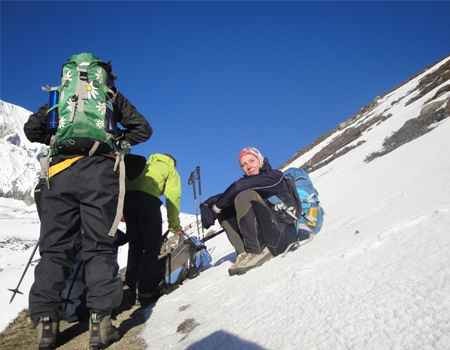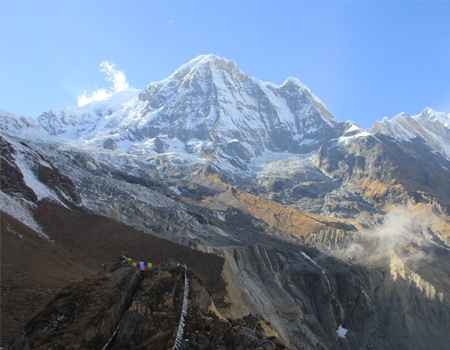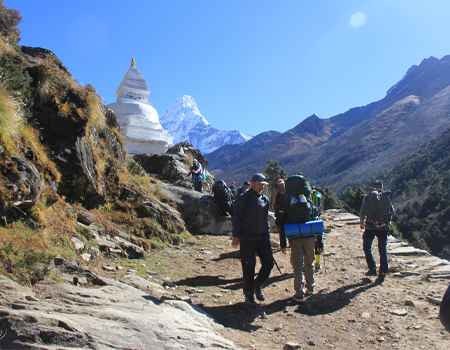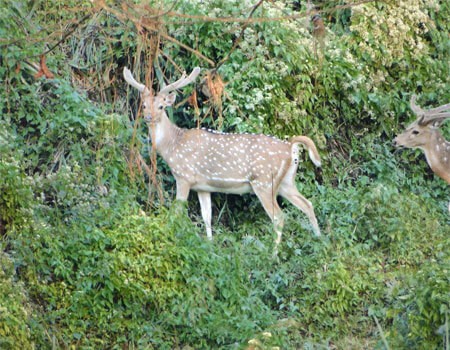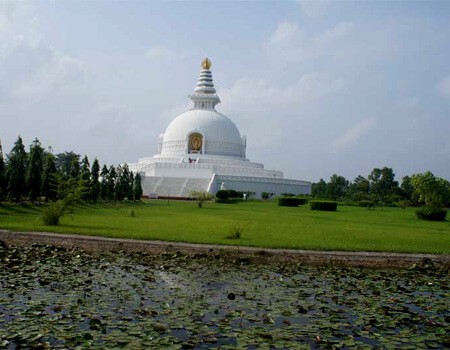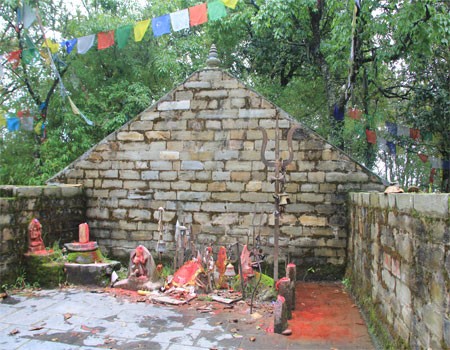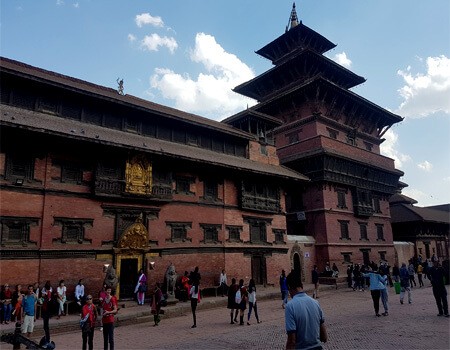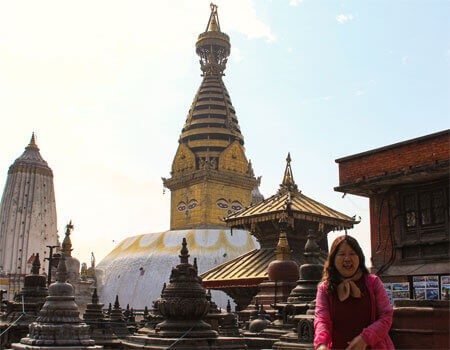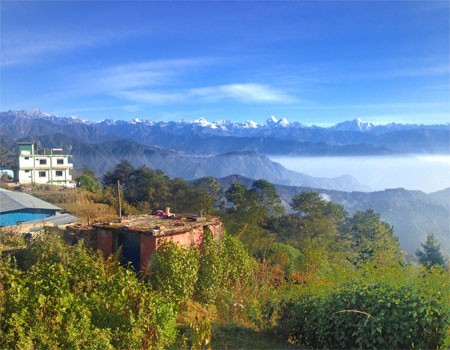There are ten World Heritage Sites in Nepal. Seven are in the Kathmandu valley (Cultural sites), and the other three are out of the Kathmandu valley (Natural sites). The old, historical, and famous heritage sites are tourist attractions nowadays. Thousands of travelers do heritage tours in Nepal every year. Nepal may be a poor country in its economy, but it is culturally, naturally, and historically rich. The people of Nepal are mostly honest and treat visitors very well. The world heritage UNESCO sites of Nepal are here.
World Heritage Sites in Nepal
Table of Contents
There are many Heritage Sites and Historical Sites in Nepal. Nepal is a culturally rich country with thousands of well-carved buildings and temples in different cities. There are many tourist sites in Kathmandu Valley and all over Nepal. Not all tourist sites are UNESCO World Heritage Sites, but there are ten UNESCO World Heritage Sites in Nepal. Eight sites are cultural World Heritage Sites, and two are Natural Heritage Sites.
Kathmandu Durbar Square, Swayambhunath, Pashupatinath, Bouddhanath, Patan Durbar Square, Bhaktapur Durbar Square, and Changunaran are the cultural world heritage sites in Kathmandu Valley. Another UNESCO cultural world heritage site is Lumbini, where Lord Buddha was born.
Nepal's natural UNESCO sites are Sagarmatha National Park, where Mt. Everest is, and Chitwan National Park, where many tourists go for jungle safaris.
The World Heritage sites from the Kathmandu Valley (Cultural)
Kathmandu Durbar Square
Kathmandu Durbar Square is an ancient royal palace where King Prithvi Narayan Shah ruled the country after Nepal was United. Before Nepal united, Malla kings ruled. Kathmandu Durbar Square is also known as Basantapur Durbar. After the Hanumana statue was kept here, they started to call the Hanuman Dhoka royal palace. The Kathmandu Durbar Square is a big square where visitors can spend at least two hours seeing things. There are many things to see and know about history, culture, and religion.
The Kastamandap is a historical building that was built in the twelfth century. It was made out of a single colossal tree and named Kastamandap. The building has two meanings: Kasta(wooden) and Mandap (structure). This building gave the name Kathmandu. In the beginning, it was a shelter for the people, but it was later changed to Gorakhnath Temple (Hindu Temple).
There are several Pagoda temples on this site. Most of them were made in the seventeenth and eighteenth centuries. Pagoda temples are Nepali-style temples that we can see in China, too. The Chinese king invited Nepali artists to make them in China. These Pagoda temples are primarily tall, with a high platform for visitors to enjoy the views. The stone statue of Garuda (the vehicle of the god Vishnu) is also an attraction to see.
The big white building here is the royal palace, from which the king used to rule the country. It is a museum now. Gaddhi Baithaik is joined with it, which was made in 1908 AD by Chandra Samser Rana (one of the Rana Prime ministers). The king used this building to visit the public and the living goddess (Kumari). There are some beautiful yards for different proposals of the Royal family inside this building.
Taleju is one of the Hindu goddesses to whom people sacrifice animals. Goddess Taeju is the family goddess of the Nepalese royal family. It was made in the fifteenth or sixteenth centuries. The temple's main door is permanently closed except on one day of the year. During the biggest festival of Nepali Hindus in November, one day, the main entrance will be opened, and fifty-four buffalos and fifty-four goats will be sacrificed. There are hundreds of visitors on this day.
Kumari is a young virgin lady who is considered a living goddess. The living goddess is the form of the goddess Taleju. This system was started in the eighteenth century by King Jaya Prakash Malla. Usually, a young lady with specific criteria will be chosen as the living goddess. When the lady has the time for menstruation, they will change into another lady as the goddess. For more detail, the tour guide will briefly detail this area and the sites.
Related:
Swayambhunath
Swyambhunath is a Buddhist site located on a hill station. At an early age, the Kathmandu Valley was entirely covered by water. Swyambhunath was similar to an island with a natural gas flame. The Manjushree from Tibet came here and saw the flame named Swyambhunath (This is the god itself). Later, the monkeys started living here, then called the monkey temple. There are more than a hundred different types of flora and birds. Swyambhunath is also known as an open museum. We can see a good view of Kathmandu Valley from here and the lovely White Mountain on a clear day.
There are thousands of monkeys in this area because the trees are here for their shelter. The monkeys here are not aggressive if we don't tease them. We had better not tease them or try to feed them. Sometimes the mother monkey with their baby may be aggressive if we get closer to them. There is a swimming pool for monkeys, so they swim during the summer.
The colorful prayer flags are nicely decorated for the area. They have five different colors, representing five other elements. The name of the flag in Tibetan is Lungta. Vasubandhu Stupa, the word peace pond( Wishing pond), the giant main stupa, Harati(the goddess of pneumonia), Thunderbolt, a statue of Depanker Buddha(Made in the seventh century), Pratap Pura, and Ananta Pura, and many more religious things are the things to see here.
Pashupatinath
Pashupatinath is among the most famous and holy places for the world's Hindu people. Thousands of Hindu pilgrims from different countries visit this temple every month. This is the Shiva temple, but the Buddhist people also offer one day a year. During July and August, the Nepali Hindu people go to pray to the God Shiva every Monday. According to Hinduism, there are several different festivals.
Pashupatinath area has open cremation for the Hindu people, which is the principal cremation place in Kathmandu. Thirty to forty dead bodies are cremated in this place. There are different open cremation places for people according to their economic condition and ethnic group. Always the dead body will be cremated at the riverside in Nepal for any Hindu people. There is the Bagmati River, which is the Holy River. Everything will be cleared out to this river after the cremation. For more details about cremation, your tour guide will brief you.
There are many Hindu temples around this area. Different devotees offer some temples, and some are not. The statues of Birupakkshe, Humans, Vishnu, and many more are nice and attractive.
Bauddhanath
Bauddhanath is a Buddhist site about eight km away from Thamel. The main stupa was established around the fourth/ fifth centuries. The Bauddhanath Stupa is the highest in Nepal and the second highest globally. The stupa was made in Madala architecture. There are four Buddhas, according to Tibetan Buddhism. The relic of the third Buddha(Kasyapa Buddha) is inside the dome. There are about five hundred and eighty-six prayer wheels around the first wall. Except for the main stupa, there are several monasteries, souvenir shops, and painting schools that are the things to visit and see. You can visit the sites above during the Kathmandu day tour.
Patan Durbar Square
Patan is the other city in Kathmandu Valley. The real name of Patan is Lalitpur( The city of the fine arts). Patan means flat land. There was a rule by one of the Malla kings before Nepal was united. The Patan Durbar Square is also known as the open art museum. The beautiful temples/buildings with lovely carvings, stone temples, and attractive yards are the main attractions of this place. The Golden Temple is known as Hiranyavarna Maha Bihar from the twelfth century, Khumbheshwar Shiva temple from the fourteenth century, Sundari Chok, Krishna temple, and more. It is here to visit and see.
Related:
Bhaktapur Durbar Square
Bhaktapur is the oldest city in Kathmandu Valley. It was the capital of Kathmandu Valley before the fourteenth century. This city is known as the city of the devotees. There are lots of old houses with artistic doors and windows. There are four different squares, Dattatraya Square, Taumadhi Square, Pottery Square, and the central Durbar Square. A nice temple of the trinity gods at Dattatreya square, the tallest temple( Nyatapola) at Taumadhi square, the clay pots at Pottery square, some pagoda temples, the famous golden gate, fifty-five windows palace, Taleju temple, and much more to visit and see at Durbar square can be seen and visit in Bhaktapur. You can visit these two Durbar squares during the Bhaktapur and Patan day tour.
Changu Narayan Temple
The Changu Narayan temple is one of the most important temples for Hindu people. The temple was established earlier but became more famous in the fifth century. There were no writings before the fifth century. King Manadeva, from the fifth century, put a stone pillar with writings. The writings are about his and his father's ruling the country; he started writing in Nepal. The Changu Narayan temple is a couple of km north of Bhaktapur City. The Nagarkot Changunarayan hiking ends in this place after visiting the site.
The UNESCO Heritage Sites Outside of Kathmandu Valley(Natural)
Sagarmatha National Park
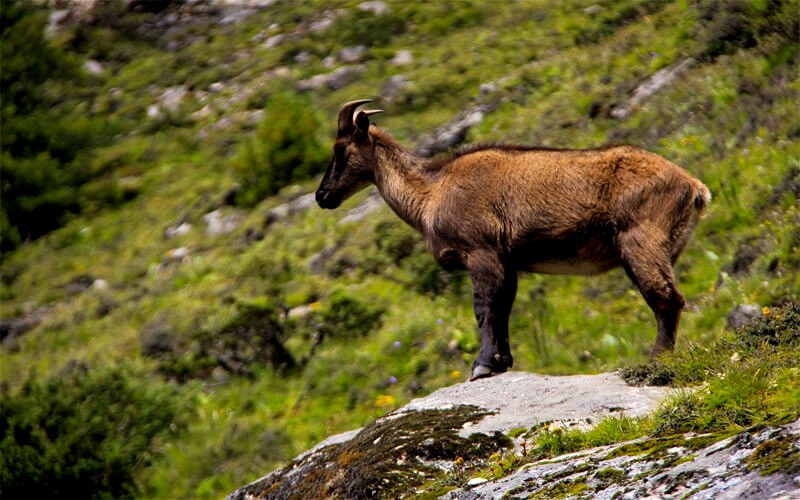
Wildlife in Sagarmatha National Park
The Sagarmatha National Park is in North-Eastern Nepal, where Mount Everest is. This national park was established in 1979. The area of this national park is 1148 square kilometers. The minimum altitude starts from 2800 m to the highest, 5364 M above sea level. There are a few mammals and more than two hundred types of birds as wildlife. The Musk deer in this national park is a rare animal. The Everest Base Camp Trekking itinerary is inside this UNESCO Site.
Related:
Chitwan National Park
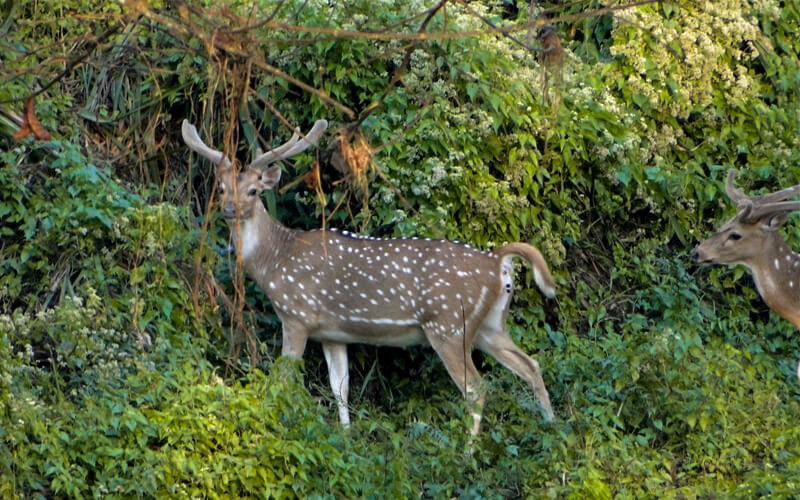
Wildlife in Chitwan National Park
Chitwan National Park is a jungle safari tour destination in Nepal. It was established in 1973. The park's altitude is about 200 meters above sea level, and its area is 932 square kilometers. More than fifty species of birds live in this national park, as do rhinos, Tigers, elephants, spotted leopards, sloth bears, wild boars, and many other mammals.
Related:
Lumbini (Cultural)
Lumbini is the birthplace of the Buddha. Thousands of Buddhist pilgrims and travelers visit this place every year. There is the Maya Devi Temple(the mother of the Buddha), the Lumbini garden, the Ashokan pillar, old dome types of stupas, the Peace Flame, beautiful monasteries, white stupas, and much more to visit and see here.
If you would like to visit these Heritage Sites and learn more about these places, please get in touch with us for your luxury tours in Nepal.
